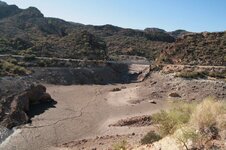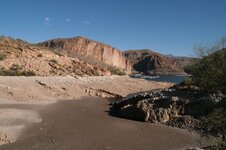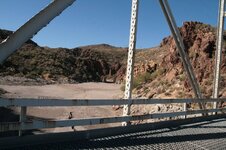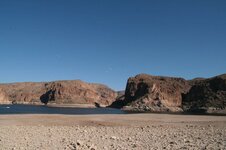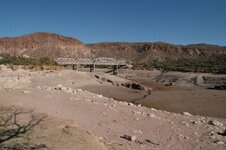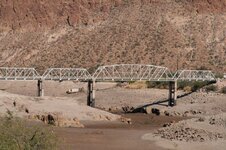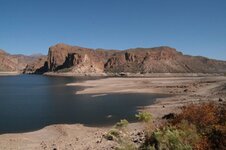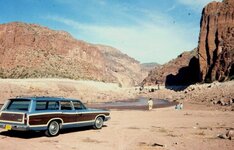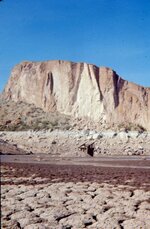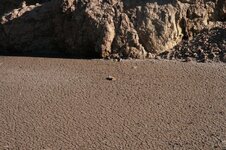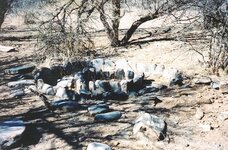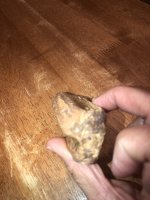Hal Croves
Silver Member
- Sep 25, 2010
- 2,659
- 2,695
TREASURE TALES OF THE SUPERSTITIONS
"I hand the first photo to Len. "Len that's what Al called the arrastras at Mormon Flat."
T. E. Glover shares the photograph on page 422.
"I hand the first photo to Len. "Len that's what Al called the arrastras at Mormon Flat."
T. E. Glover shares the photograph on page 422.


